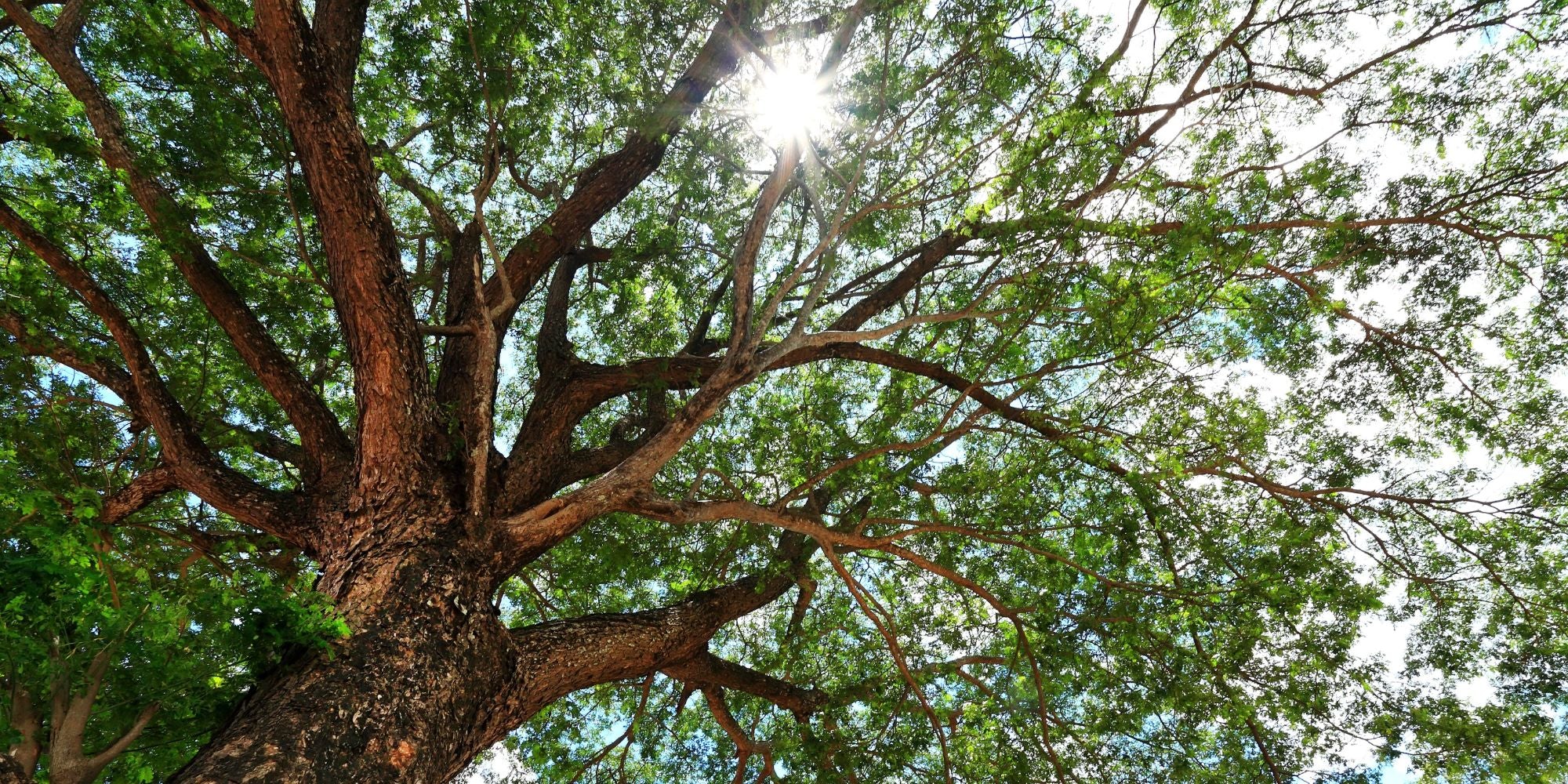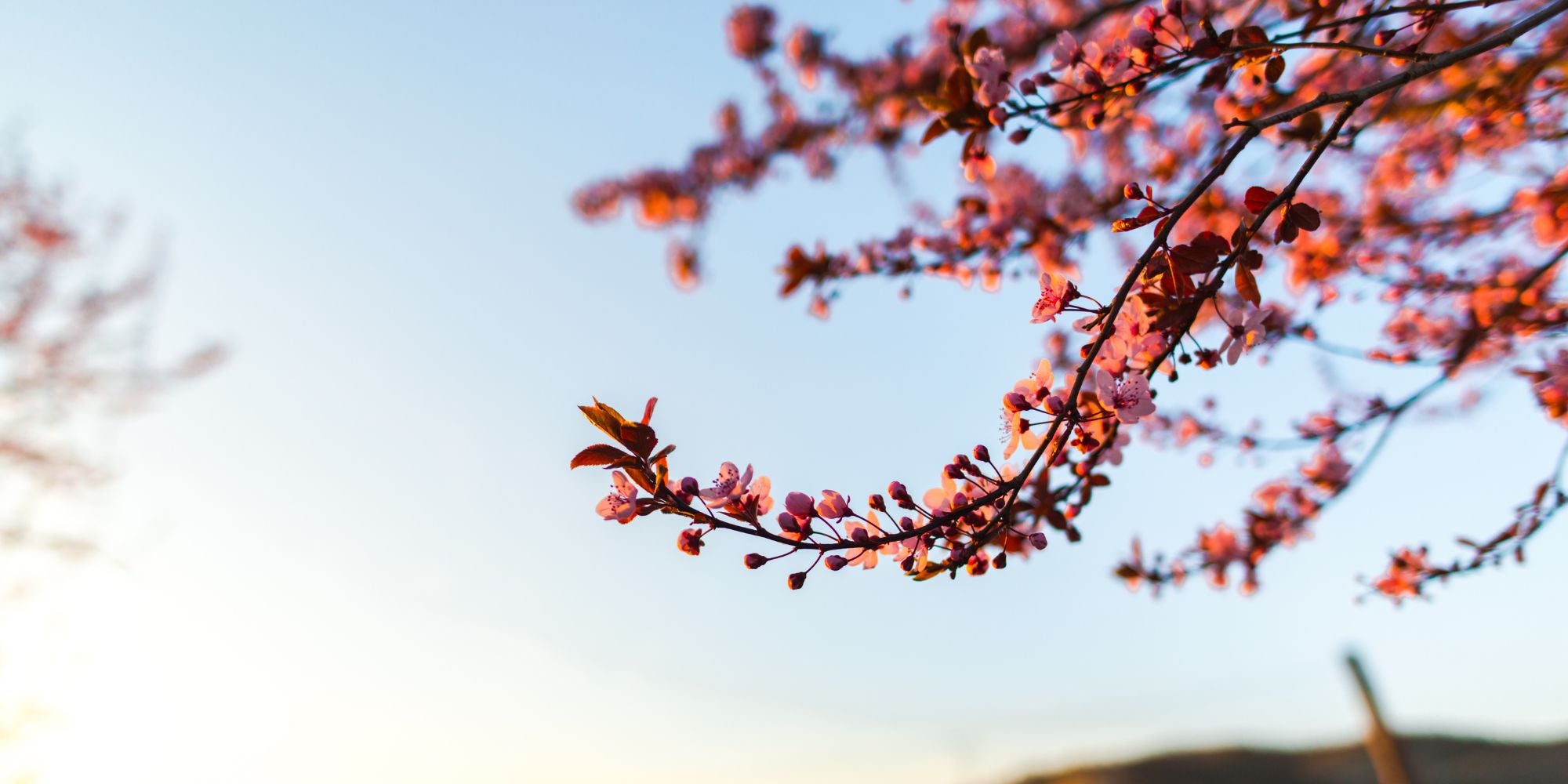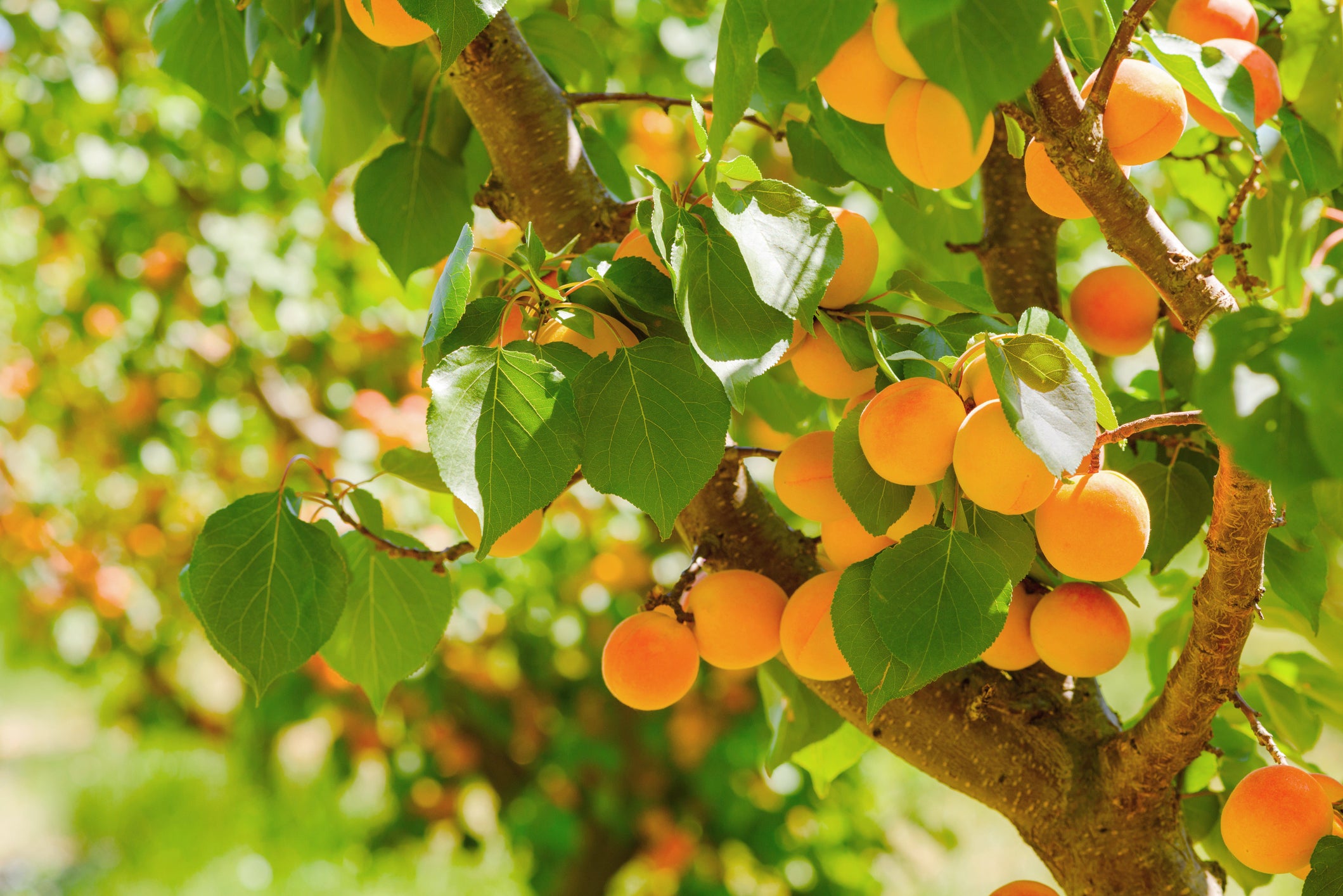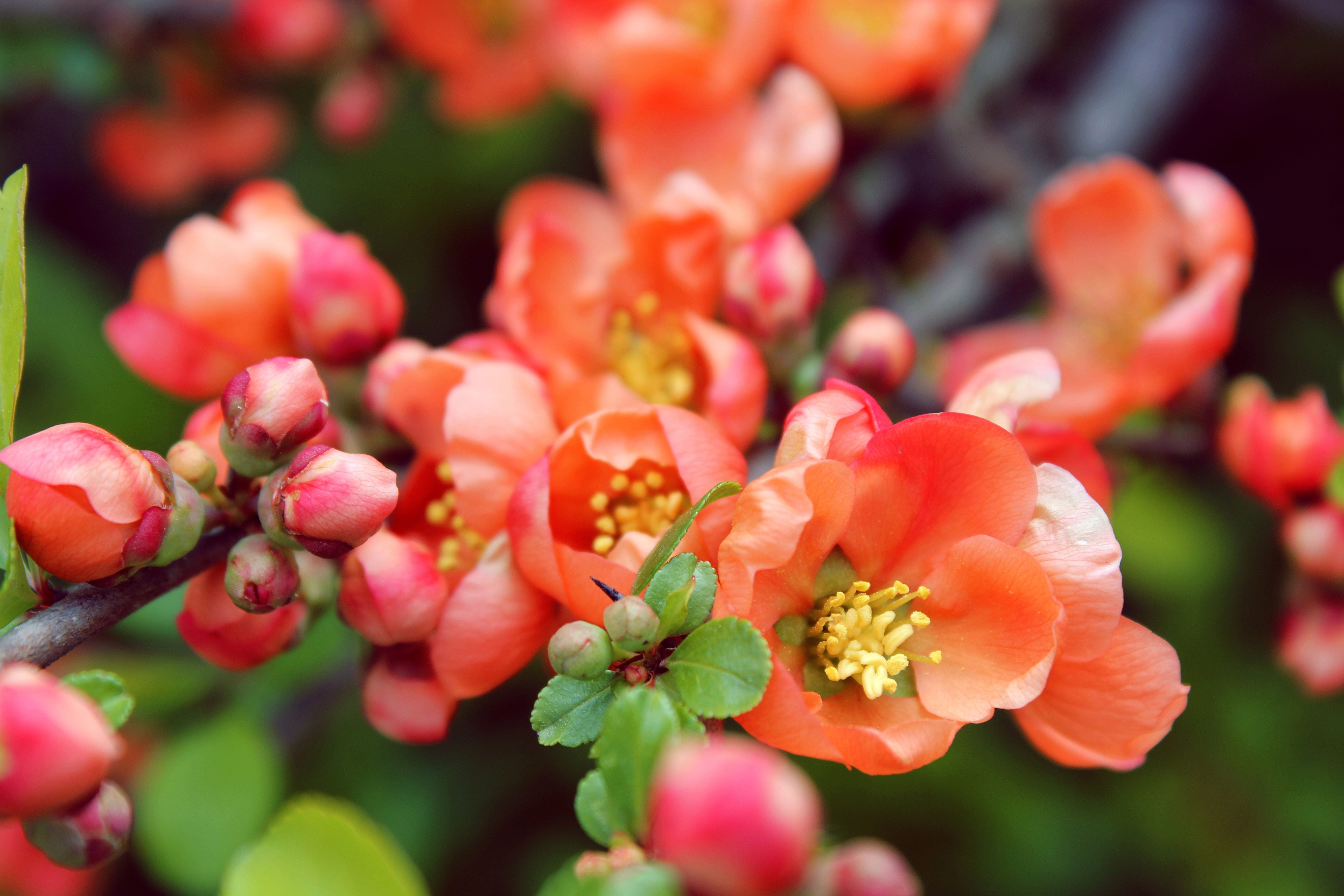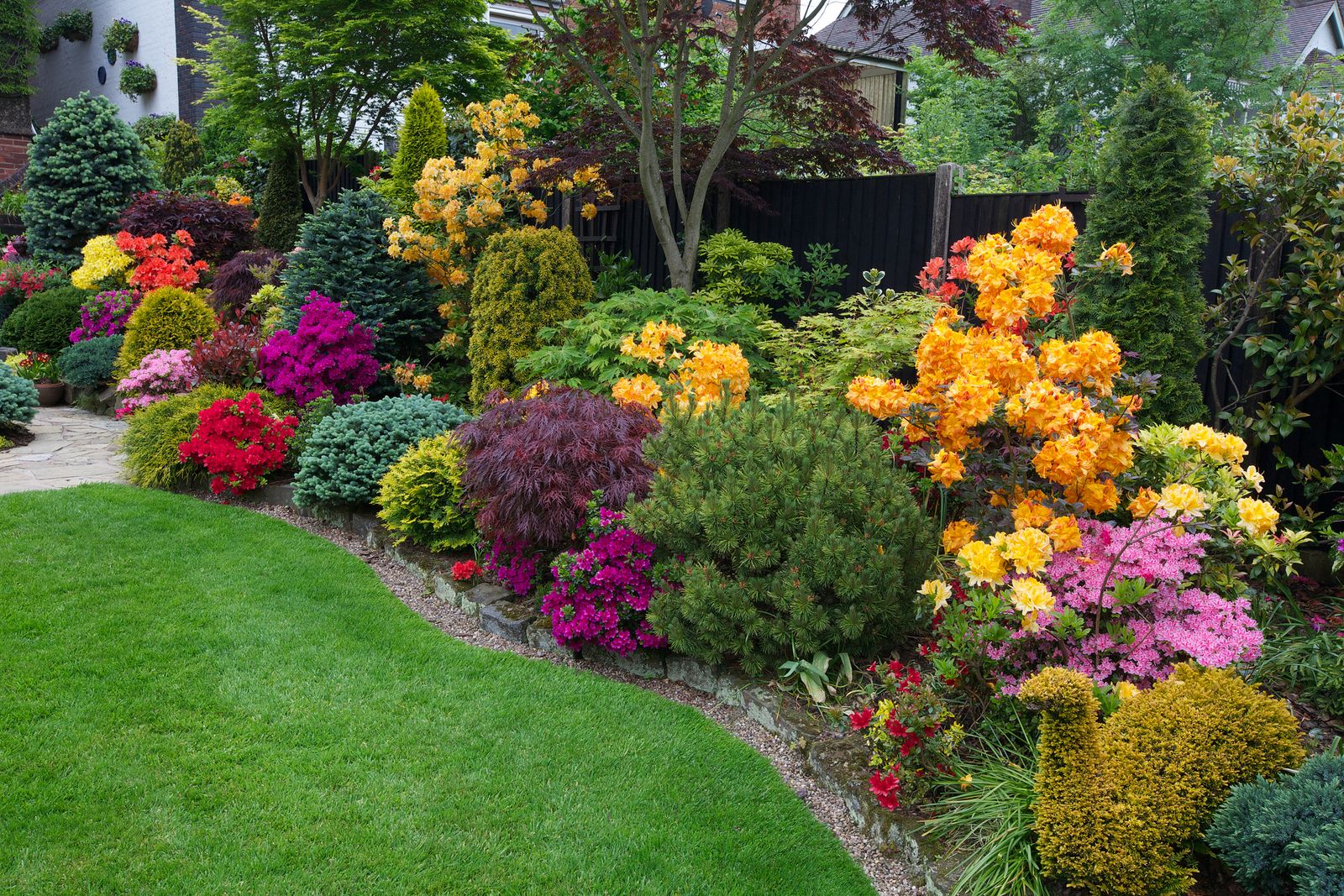The Best Place To Plant A Fig Tree For Optimal Growth
Many people dream of a lush, green garden that requires little to no effort to maintain. The best place to plant a fig tree isn't just about finding a spot in your backyard; it's about understanding how easy-to-care-for plants can transform your outdoor space. Imagine a garden that thrives on its own, allowing you the freedom to enjoy its beauty without the constant upkeep. Fig trees represent this ideal perfectly, demanding minimal attention but offering generous rewards.

At Tristar Plants, we celebrate the ease and beauty of growing fig trees. These resilient plants are not fussy about their location but yield the best results when planted in spots that meet a few simple conditions. Our collection is carefully curated to ensure that each plant flourishes with basic care, saving you from the complexities often associated with gardening.
Sunny Spots That Ensure Adequate Light for Fig Trees
Fig trees are sun lovers. They require plenty of sunlight, about 8 hours a day, ideally. Sunlight not only supports growth but also enhances fruit quality and quantity. As a result, the most suitable place to plant is somewhere that isn't overshadowed by buildings or taller plants for significant portions of the day.
Positioning your fig tree in a sunny spot does more than help it photosynthesize. Sunlight plays a crucial role in the tree's ability to develop and ripen its figs. Without sufficient sunlight, your fig tree may still grow lush and tall, but its fruiting ability and the quality of its figs could be compromised.
Sheltered Areas to Protect Fig Trees from Harsh Conditions
While fig trees relish sunlight, plotting them in an exposed area can be detrimental. They favor a spot that is protected from high winds that could damage their branches and leaves. Equally, a location that serves as a windbreak during the colder months can help the trees avert frostbite.
The best place should also cater to the fig tree's sensitivity to cold. Ground patches near walls or fences provide a few degrees of extra warmth, making them cozy homes for a fig tree. These structures create a microclimate that helps retain heat longer during the day, shielding the tree from intense cold at night.
Proximity to Buildings for Radiant Heat during Cooler Months
In cooler climates, utilizing radiant heat from nearby buildings or structures can help fig trees survive winter chills. If placed close to a wall or building that receives ample daylight, the structure will absorb the Sun's heat throughout the day and radiate it back during the night. This process can create a slightly warmer microclimate around the fig tree.
Planting your fig tree near a south-facing wall proves beneficial in several ways. First, walls painted with light colors reflect light, thus providing your tree with additional brightness. Also, positioning your fig tree near a wall allows it to absorb heat accumulated during the day, which is essential for surviving cold nights.
Raised Beds for Enhanced Drainage and Root Growth
Drainage is one factor that should be considered when planting a fig tree. Excess water and poor drainage can lead to waterlogged soil, hindering root growth and leading to diseases like root rot. Raised beds can be a solution to this problem, offering improved soil conditions and enhanced root penetration.
Raised beds, with their loose, fertile soil, allow for better root spread. This, in turn, facilitates nutrient uptake and improves the tree's overall health. The added height also provides an extra area of heat absorption, creating an environment that facilitates warmer soil temperatures ideal for fig trees.
South-Facing Slopes to Maximize Sun Exposure
Position can significantly influence a fig tree's exposure to the sun. Planting on a south-facing slope ensures maximum sunlight, an aspect crucial for photosynthesis, growth, and fruiting. This location also allows for natural runoff, reducing the risk of waterlogging and associated diseases.
South-facing slopes have the added benefit of being warmer, creating a more suitable climate for fig trees, particularly in regions with cooler summers. This position allows the fig tree to benefit from early morning sunlight, warming them after a cool night and invigorating them for the day ahead.


